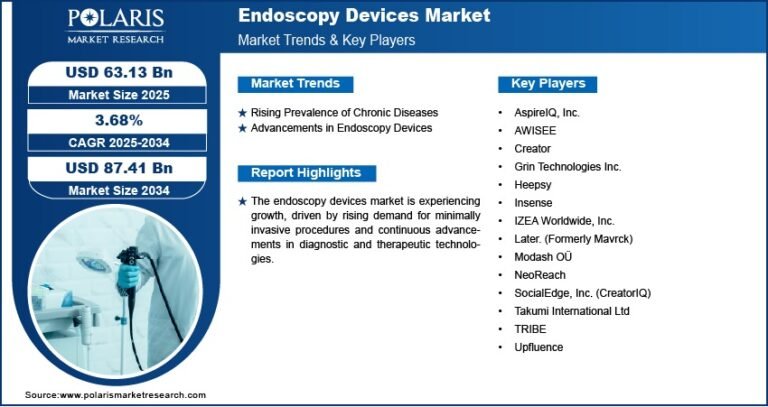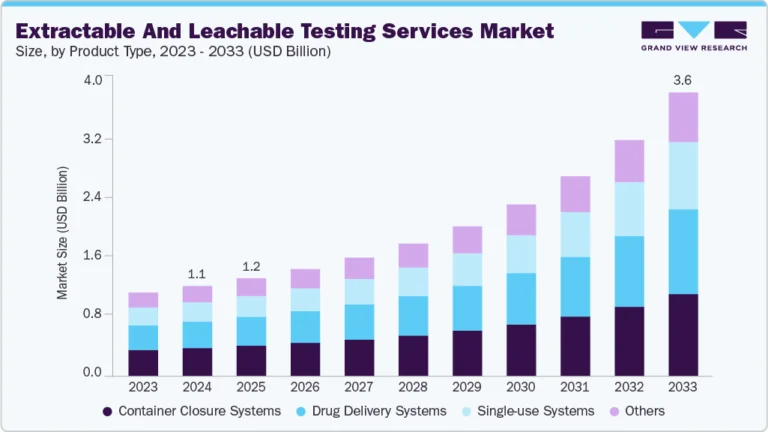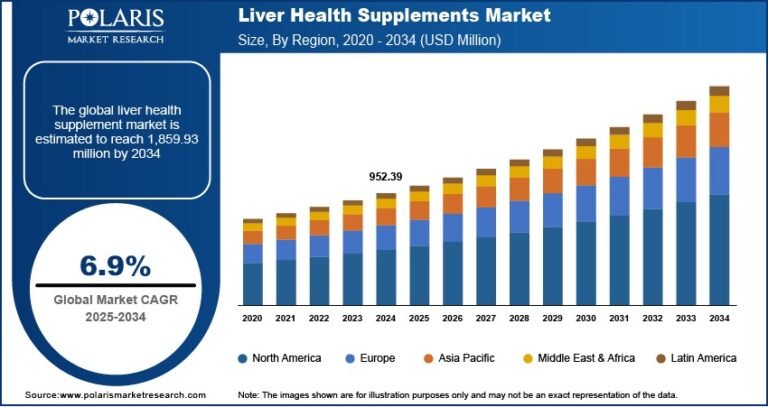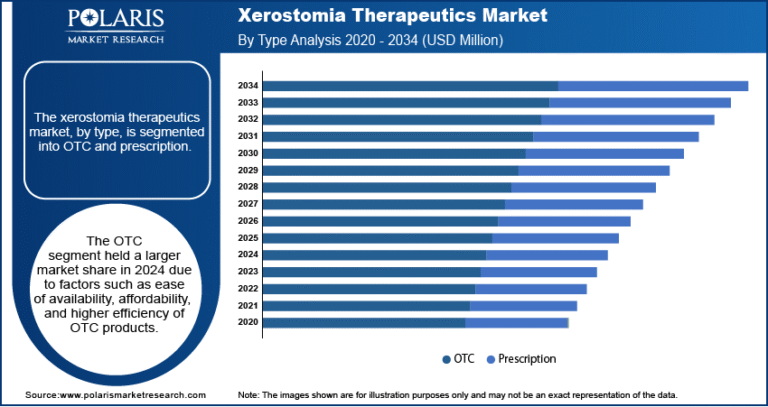Veterinary Sterilization Container Market estimated to grow to USD 144.05 Million by 2034, registering a CAGR of 5.9%.
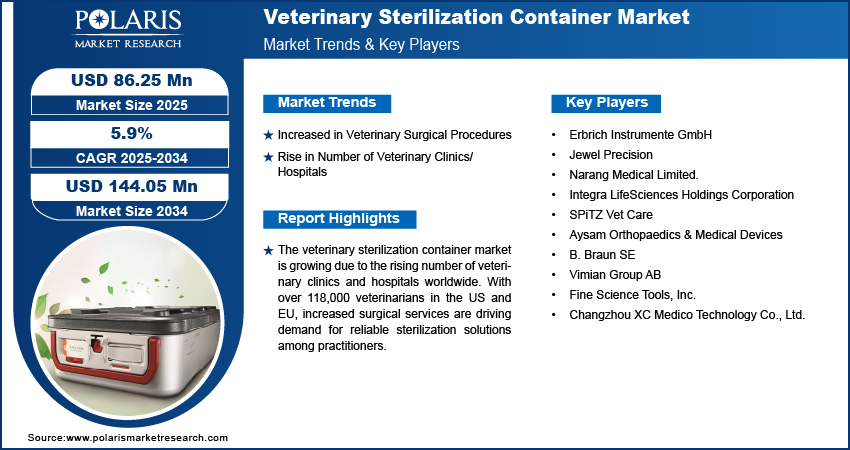
The veterinary sterilization container market size was valued at USD 81.50 million in 2024 and is projected to reach USD 144.05 million by 2034, exhibiting a CAGR of 5.9% from 2025–2034.
Trends & Insights
- Shift Toward Reusable Sterilization Systems: Veterinary facilities are increasingly favoring reusable containers over single-use wraps to reduce waste and costs.
- Focus on Infection Control and Compliance: Rising awareness of surgical site infections (SSIs) in animals is driving demand for sterilization products that ensure safety and regulatory compliance.
- Technological Advancements: Innovations such as filter-less systems, RFID tagging, and improved locking mechanisms are enhancing container functionality and traceability.
- Growth of Companion Animal Care: The increase in pet ownership and demand for high-quality veterinary care fuels investment in advanced surgical and sterilization equipment.
Market Size & Forecast
- Market size value in 2025 – USD 86.25 million
- Revenue forecast in 2034 – 144.05 million
- CAGR – 5.9% from 2025 – 2034
Market Overview
The Veterinary Sterilization Container market is expanding steadily as veterinary clinics, hospitals, and animal surgical centers adopt more efficient and reusable sterilization solutions. These containers are essential for maintaining the sterility of surgical instruments and preventing contamination. With increasing veterinary procedures, particularly in companion animals, the demand for reliable sterilization systems is growing. The shift from disposable wraps to rigid sterilization containers is also boosting market adoption due to cost-effectiveness and environmental benefits.
Request a Free Sample Research PDF:
Market Growth Drivers
- Rising Number of Veterinary Surgeries: A growing incidence of orthopedic, dental, and soft tissue surgeries among animals is a key demand driver.
- Increased Veterinary Infrastructure: Expansion of animal clinics, hospitals, and mobile veterinary units is supporting the need for sterilization solutions.
- Regulatory Push for Sterile Practices: Compliance with veterinary surgical standards and infection control guidelines is encouraging the use of validated sterilization containers.
- Eco-Friendly and Cost-Efficient Benefits: Reusable containers offer long-term savings and reduce the environmental footprint compared to disposables.
Veterinary Sterilization Container Market Challenges
- High Initial Investment: The upfront cost of reusable sterilization containers can deter smaller clinics from adoption.
- Limited Awareness in Rural Areas: In developing regions, limited access to advanced veterinary infrastructure restricts market penetration.
- Compatibility and Standardization Issues: Not all sterilization containers are compatible with different types of sterilizers or instruments.
- Maintenance and Sterilization Protocols: Proper handling, maintenance, and cleaning protocols must be followed to ensure continued effectiveness, which can be labor-intensive.

